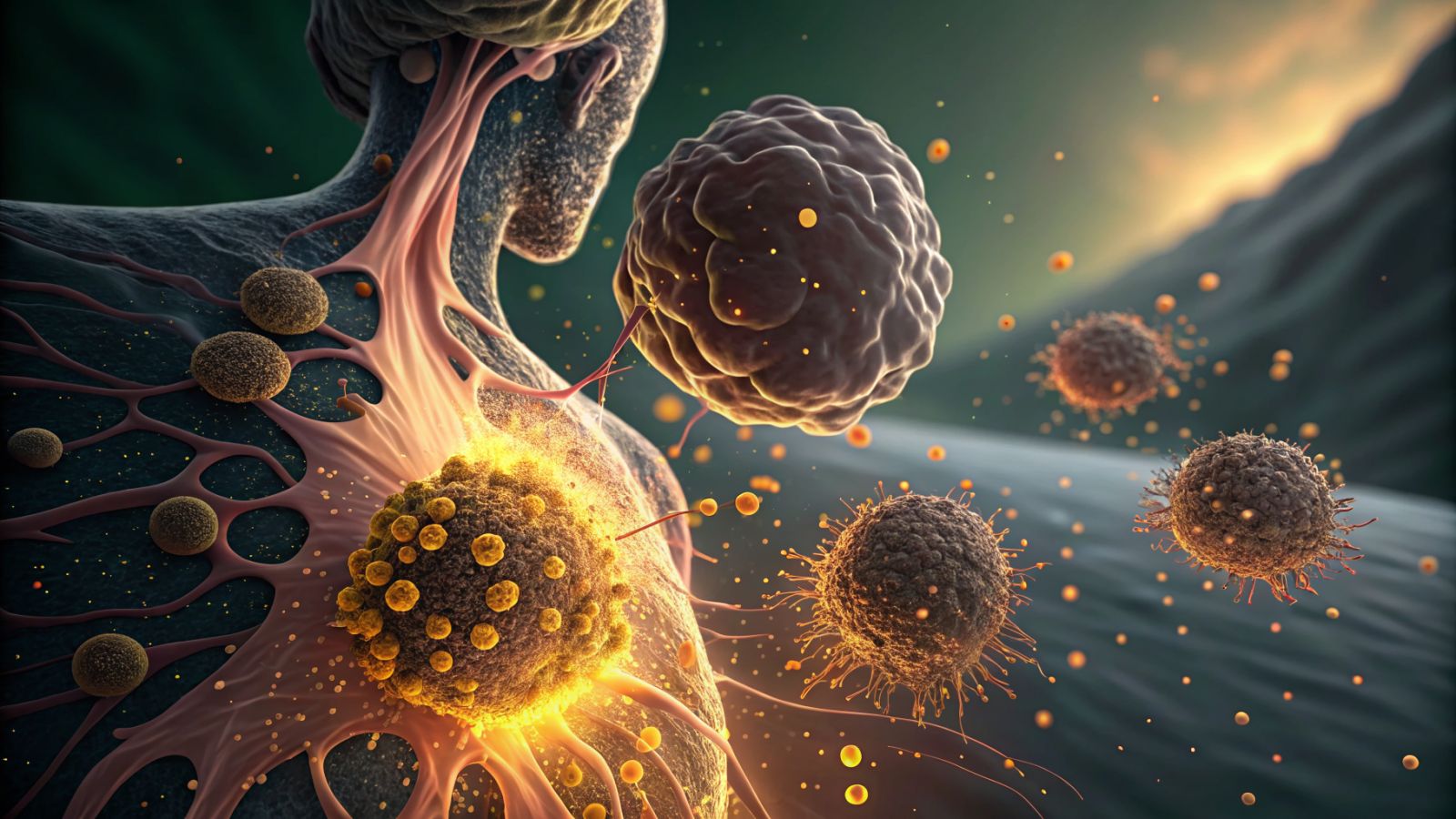Follow us on Google News (click on ☆)
Scientists from the Paris Institute of Molecular Chemistry have recently conducted a comprehensive study of the chemical reactivity and antitumor activity of various gold-based compounds, paving the way for new, more effective and targeted therapeutic strategies in the fight against cancer.

Precious metals like gold possess a unique electronic structure that gives them exceptional chemical characteristics, resulting in subtle interactions with biological molecules. Gold-based complexes are thus found in pharmaceutical products such as auranofin, a drug used to treat rheumatoid arthritis and currently undergoing clinical trials as an anticancer agent.
Unfortunately, little information is available about the behavior of these compounds with antitumor activity in biological environments. Do they undergo modifications? Is their electronic structure altered? Which part of the cell do they target? To answer these questions, scientists from the Paris Institute of Molecular Chemistry (CNRS/Sorbonne University) have conducted a comprehensive study of the chemical reactivity and antitumor activity of various gold(III)-based compounds.
All the examined compounds show high toxicity toward tumor cells. The analyses, based on spectroscopic and microscopic techniques using X-ray radiation produced by a synchrotron, reveal that all the complexes remain stable both in extracellular environments and inside lung cancer cells. They do not undergo structural modifications, and the gold atoms remain bound to the ligands.
Using X-ray fluorescence microscopy, the scientists managed to "map" chemical elements, including gold, in cryopreserved hydrated lung cancer cells with a resolution of a few tens of nanometers. Gold selectively accumulates in the mitochondria, the "powerhouses" of cells.
Even better, through detailed X-ray absorption spectroscopy analysis, the teams obtained essential information about the electronic structure and geometry of gold atoms in this biological environment.
Their results indicate that the antitumor activity of gold complexes likely stems from interactions between the compounds as a whole and specific biological molecules whose activity they disrupt. This represents a fundamental difference between these drug candidates and other gold-based antitumor complexes, which typically induce cell death through direct coordination of gold atoms with biomolecules.
These findings, published in the journal Angewandte Chemie, establish for the first time a relationship between the chemical structure and reactivity of a gold complex, its speciation within cells, and its cytotoxicity, thus opening new avenues for progress in the fight against cancer.
Editor: CCdM